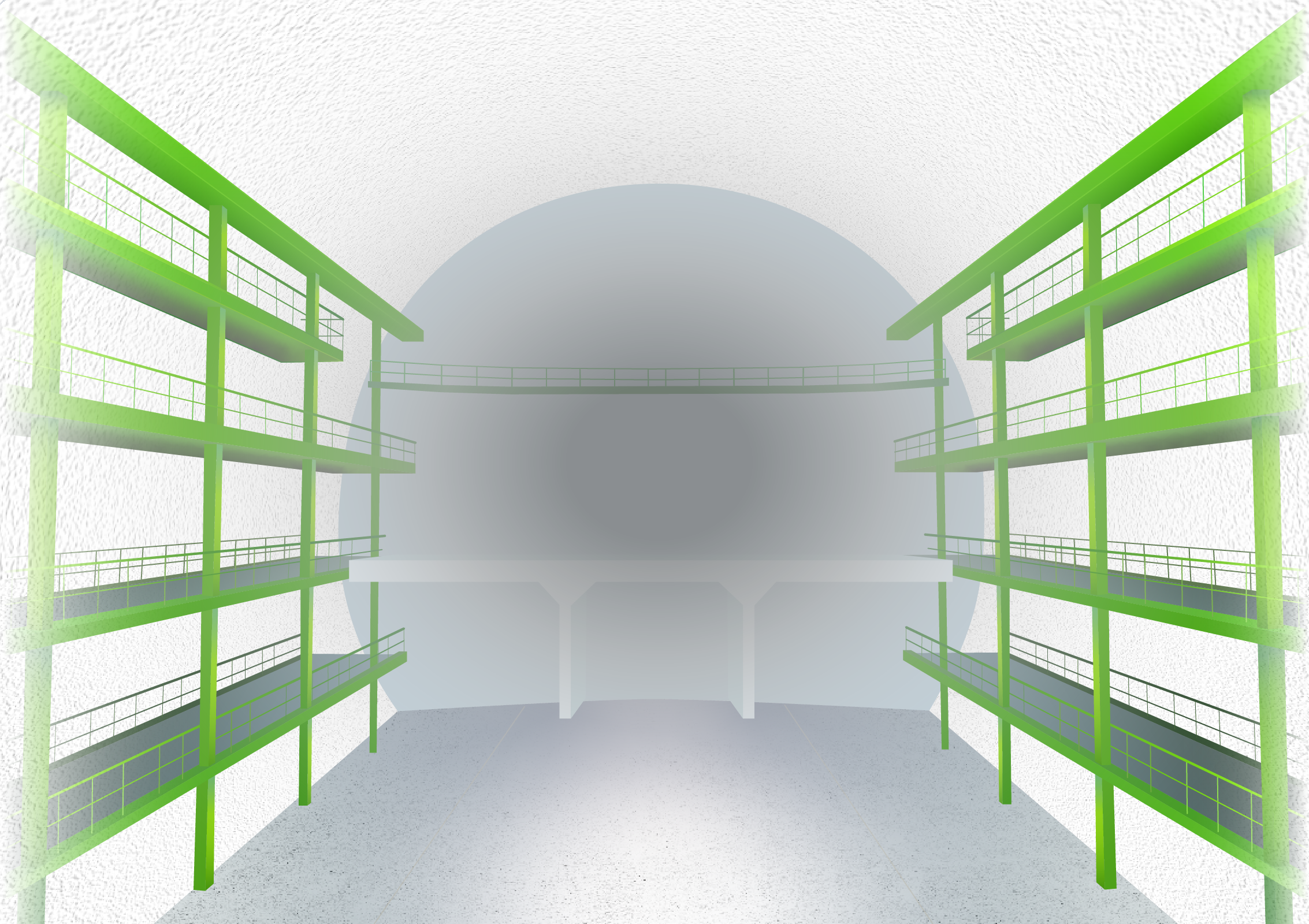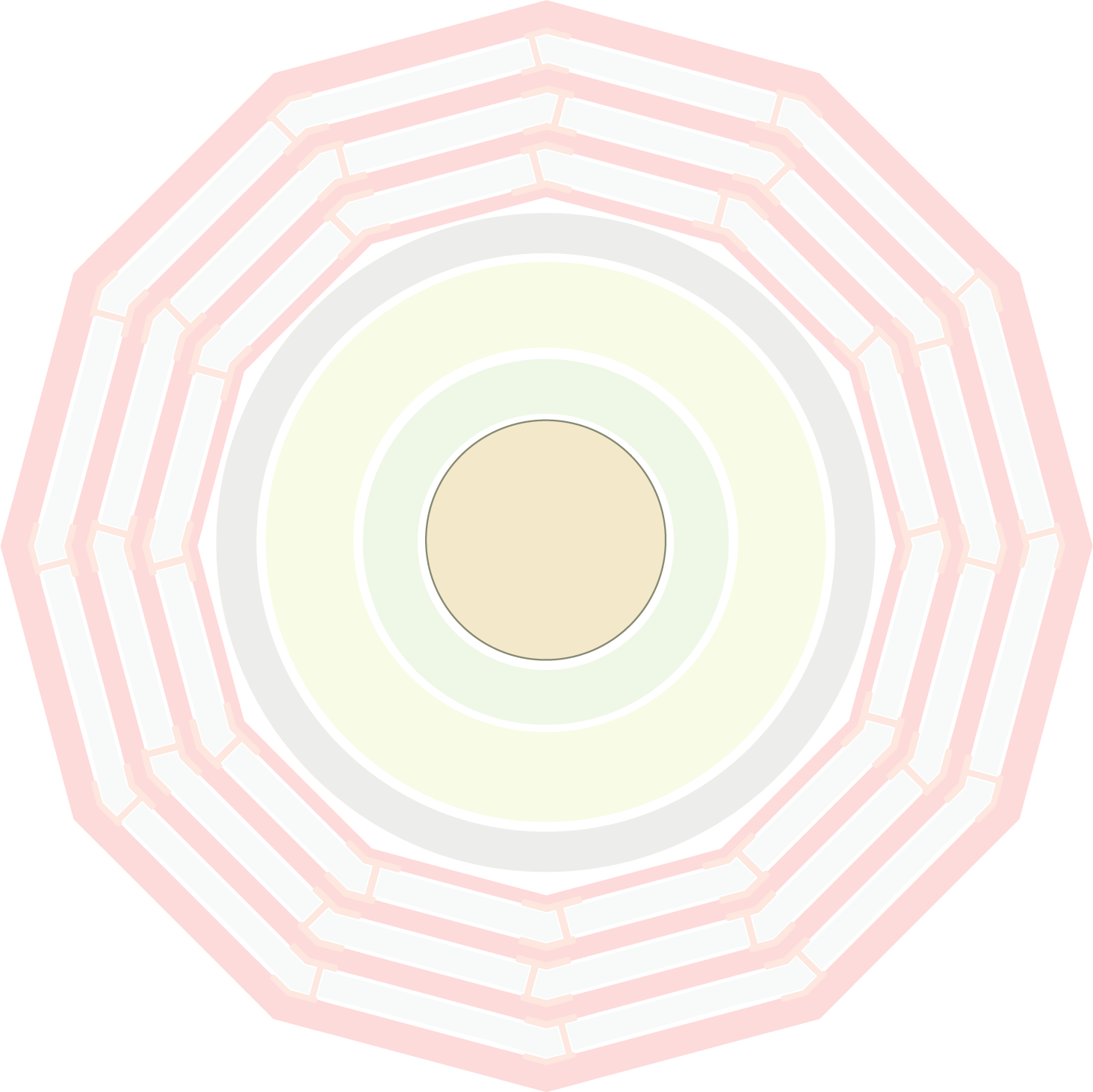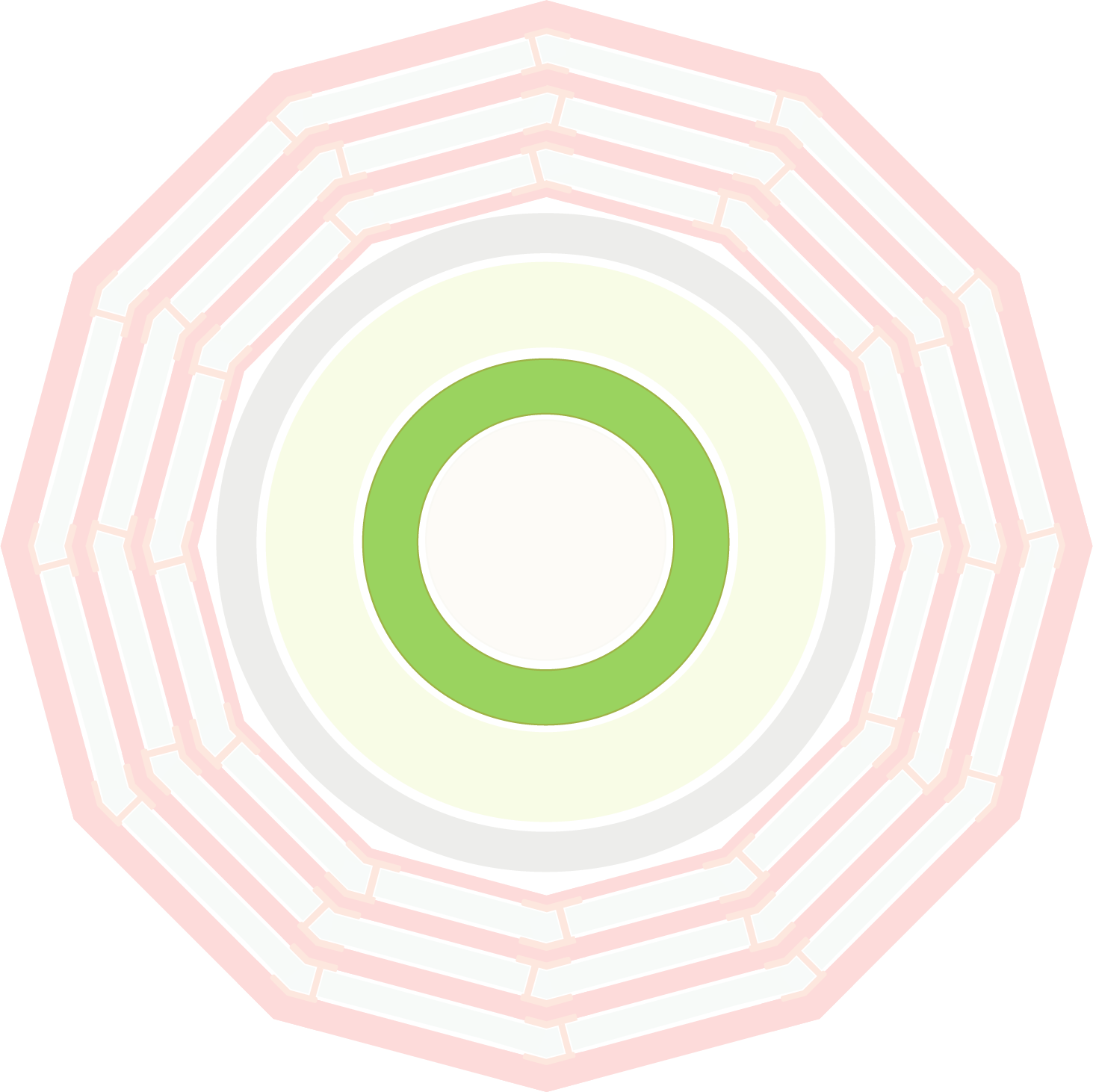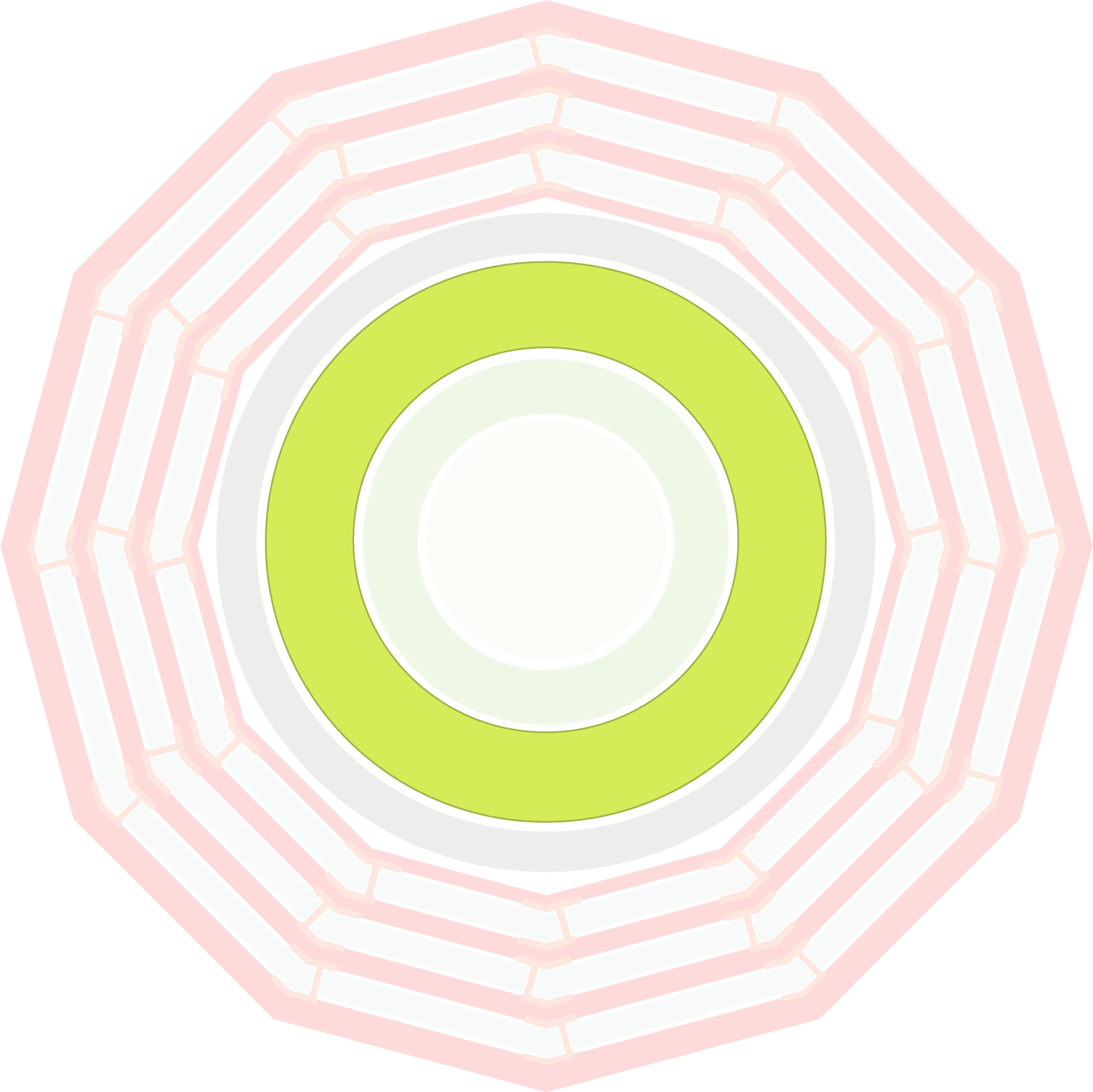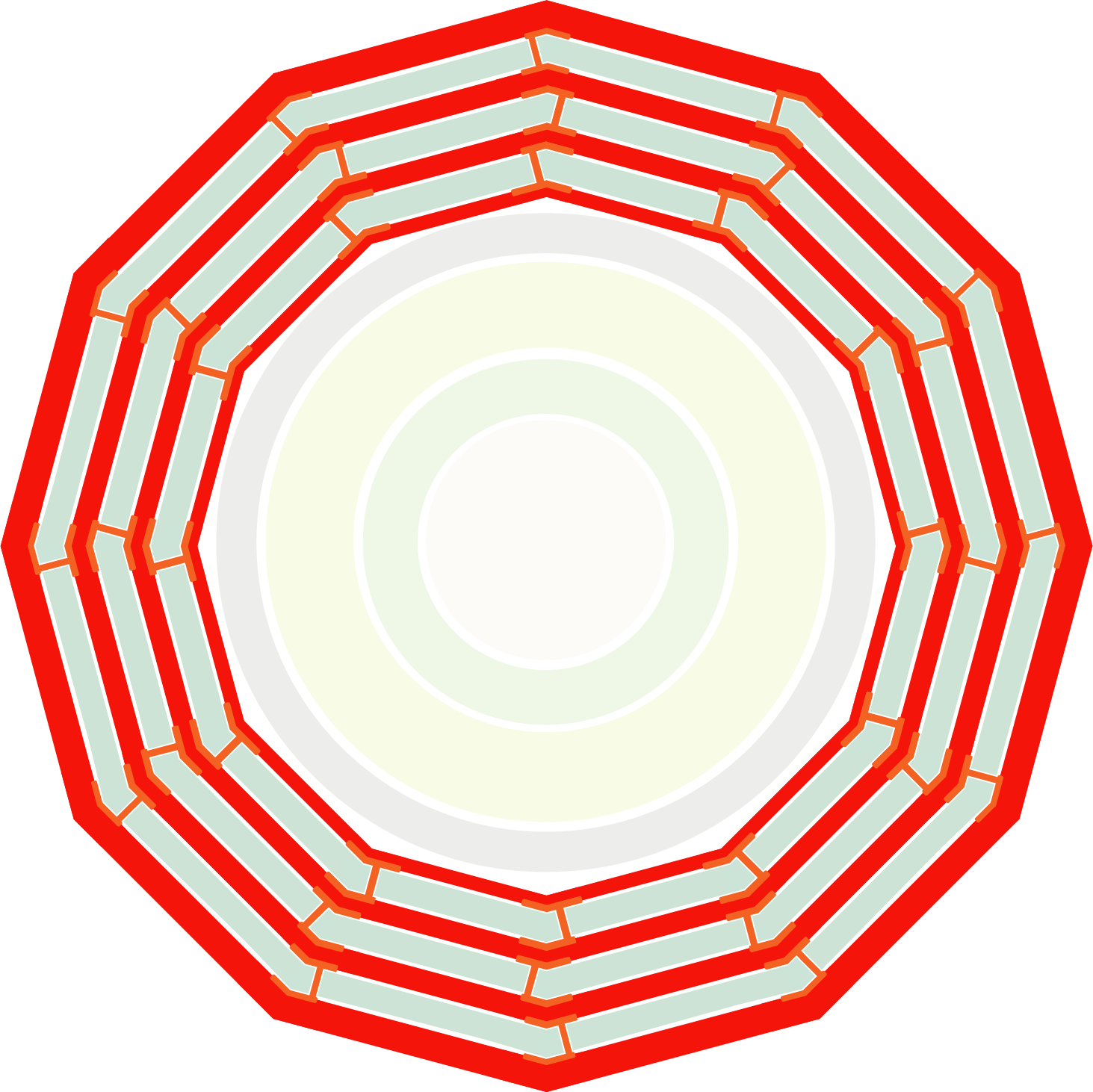Particles
Photon
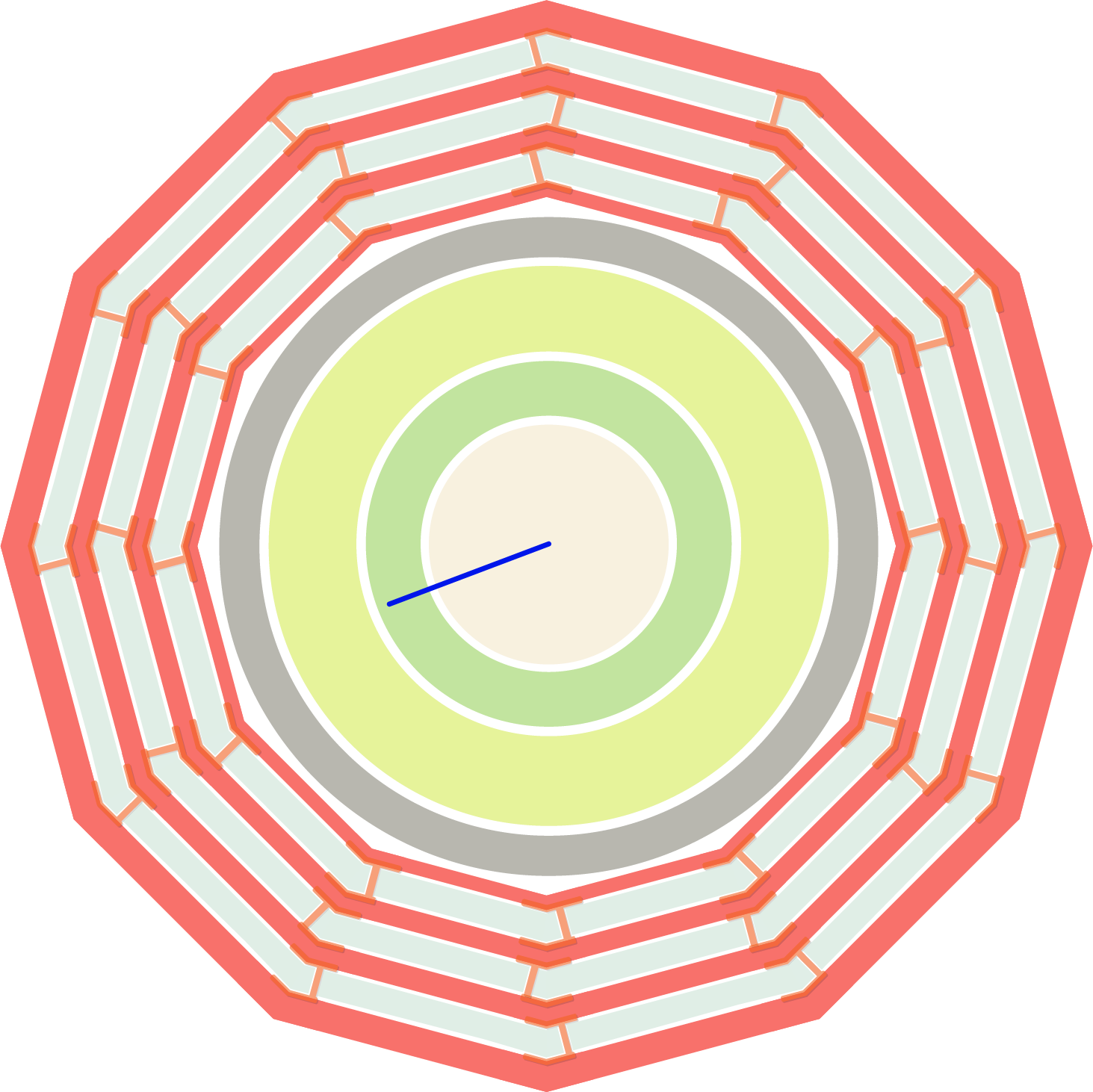
Photons are particles of light. They have no mass, no electric charge and they’re elementary which means they’re not made up of smaller particles. Photons interact with matter a lot, their interactions with the eye allow you to read what’s on the screen right now! When they pass through a detector at CERN they’re detected at the electromagnetic calorimeter.
Electron

Electrons are small, stable, electrically charged, elementary particles. They are the foundation of electronics and are also produced in particle collisions at CERN, where the electromagnetic calorimeter can detect them.
Muon
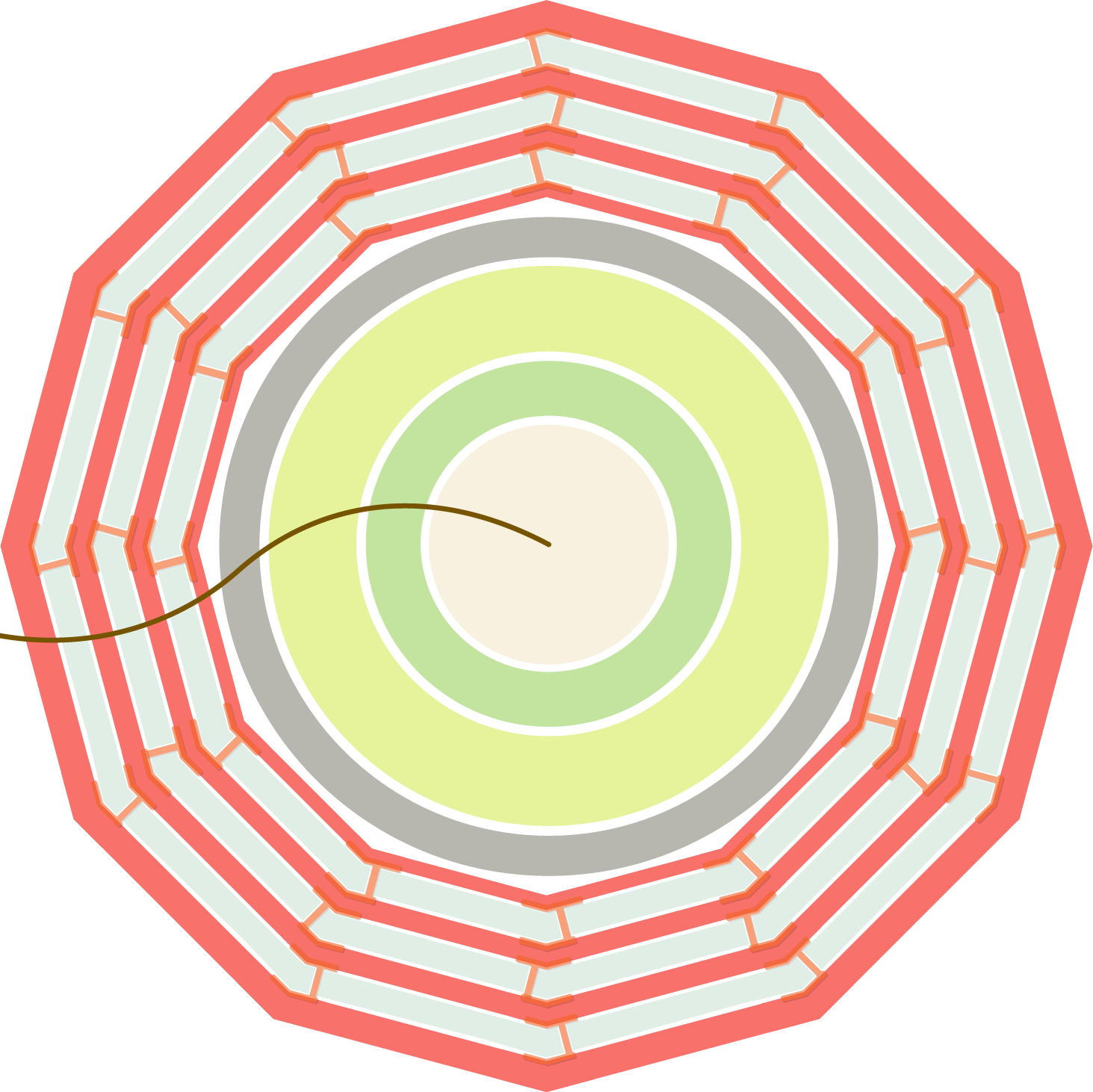
Muons are like electrons except they’re much bigger and much less stable. The detector can’t stop the muons, so they travel right through and it’s only at the outer edge they can be detected in the muon tracker.
Neutral Hadron
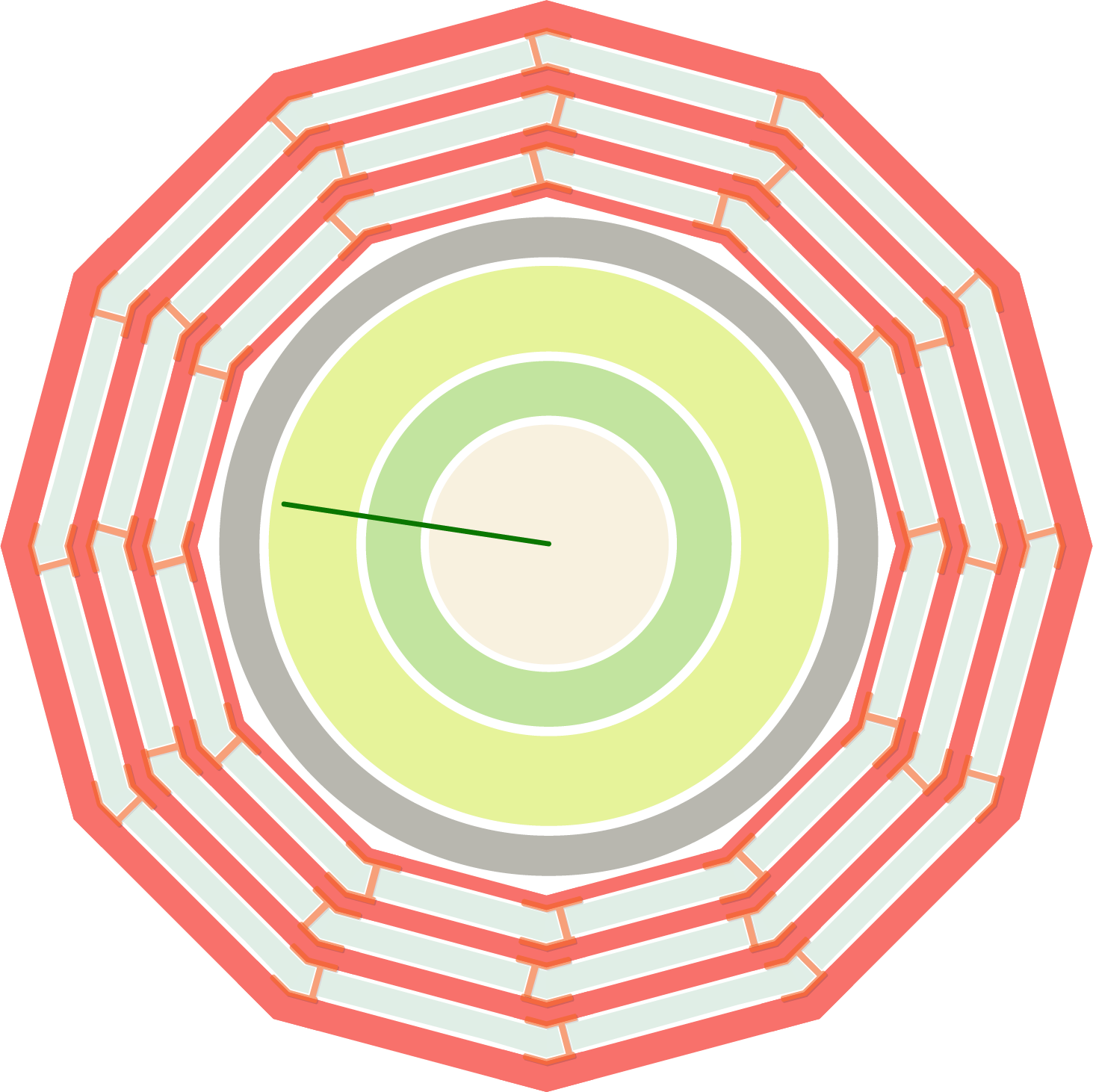
Hadrons are particles made up of quarks – these are just another type of elementary particle. They can be found in pairs and triplets (or sometimes more!). Neutrons are an example of a neutral hadron; these are found in the nuclei of the atoms which make up everything around us. In our detector they get stopped at the hadronic calorimeter.
Charged Hadron
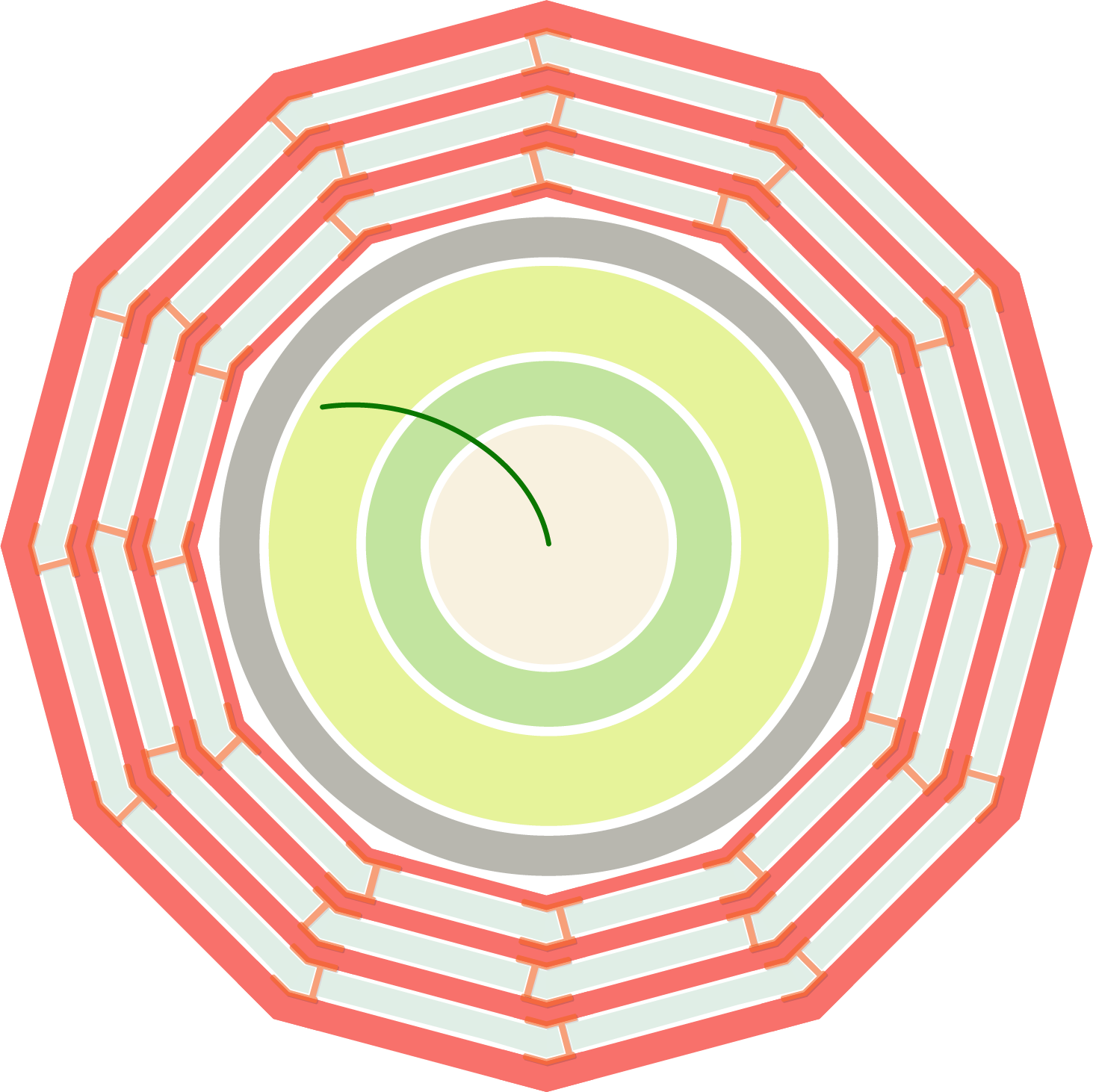
Hadrons are particles made up of quarks – these are just another type of elementary particle. They can be found in pairs and triplets (or sometimes more!). Protons are an example of a charged hadron; these are found in the nuclei of the atoms which make up everything around us. In our detector they get stopped at the hadronic calorimeter.



